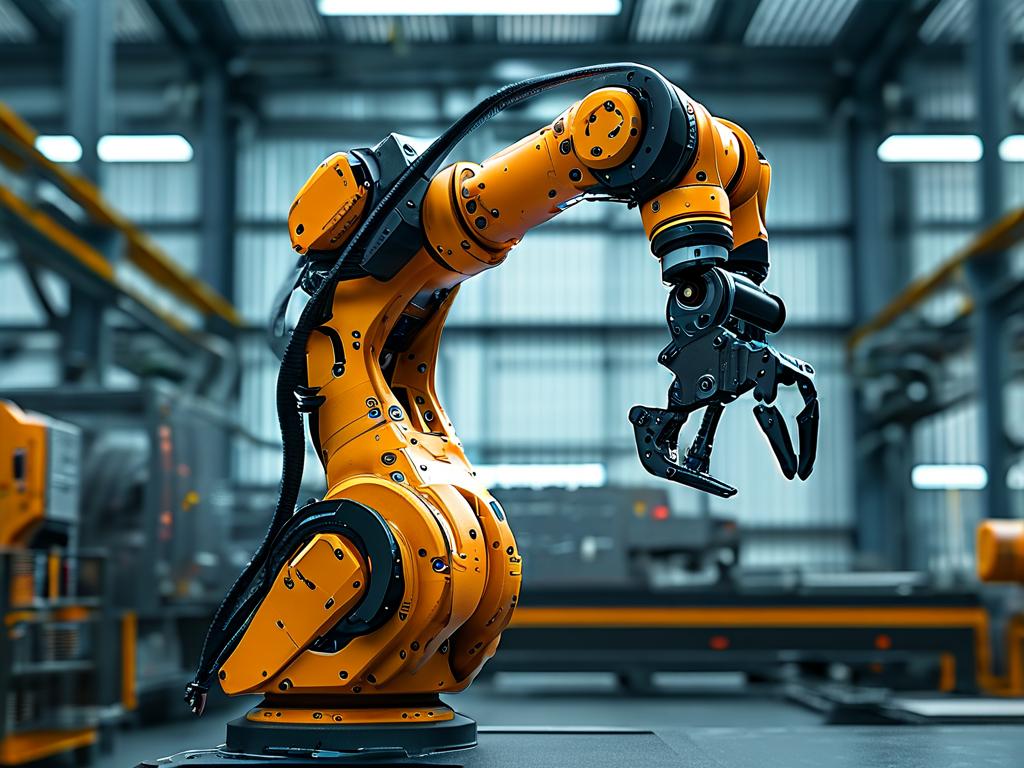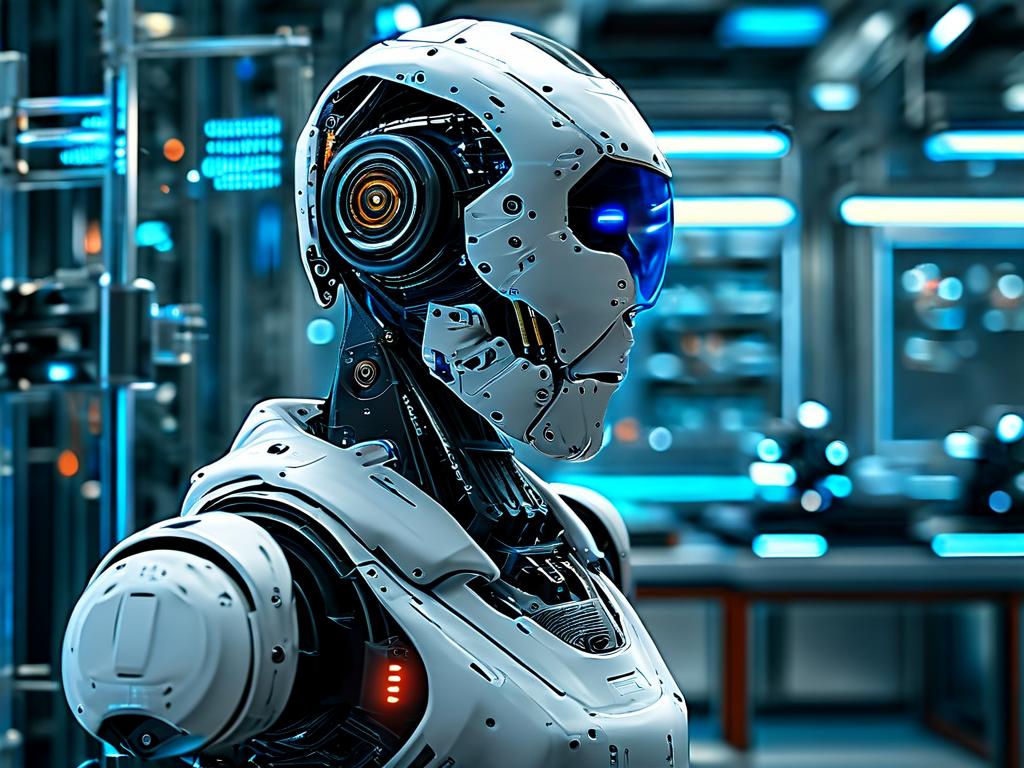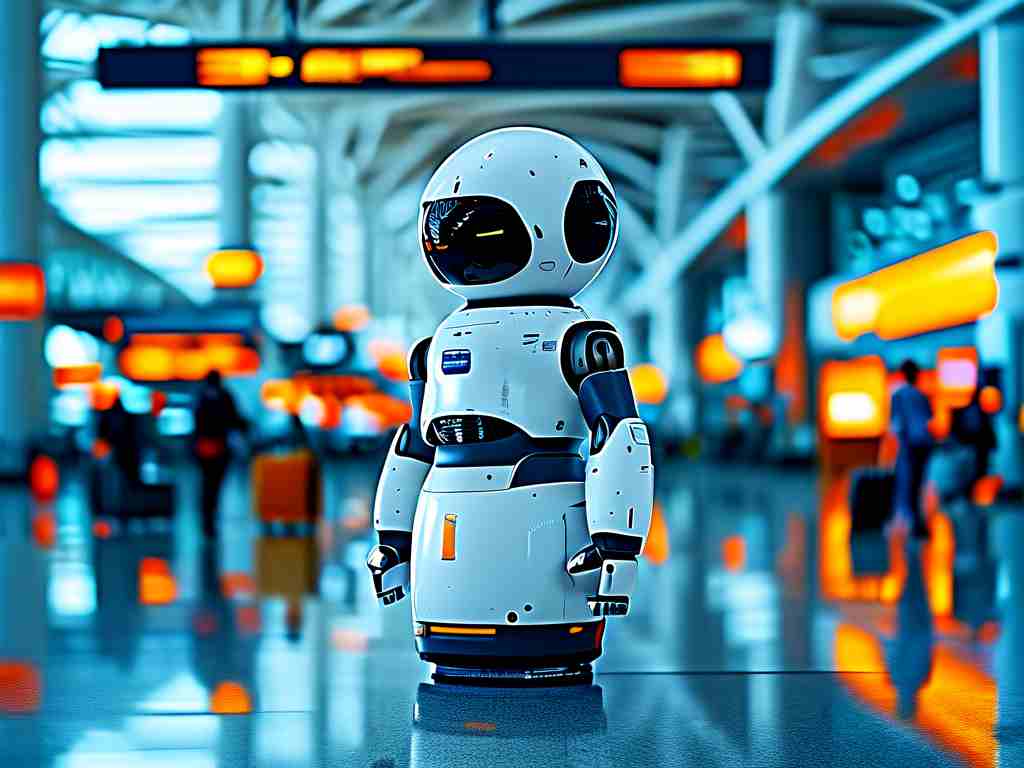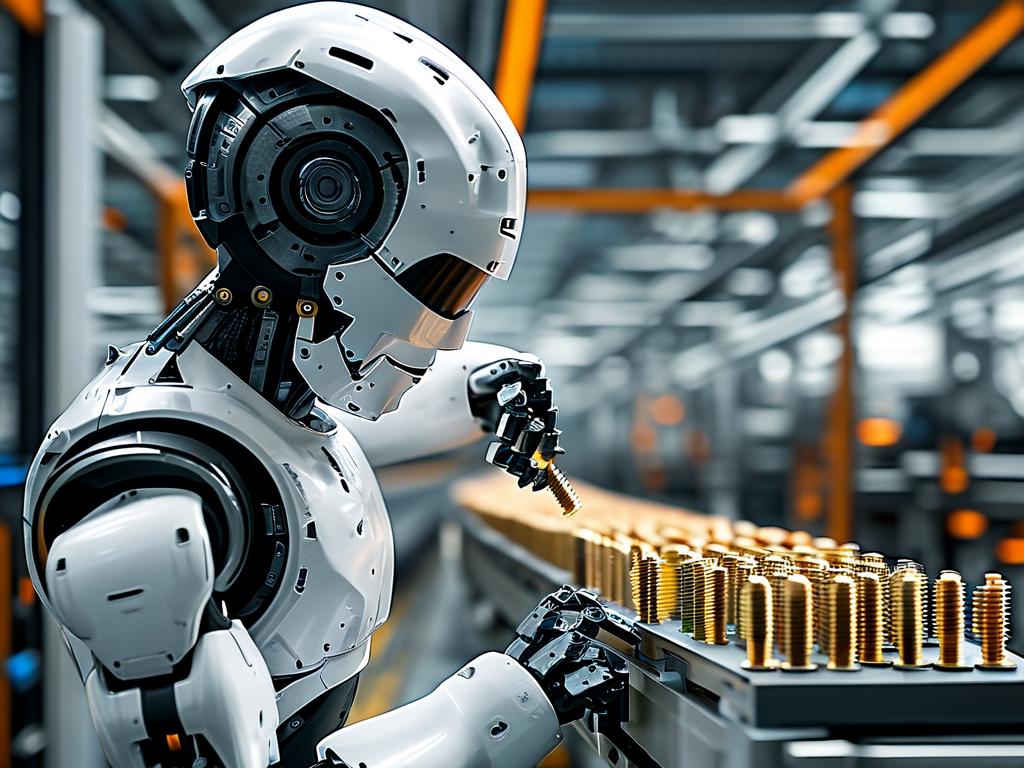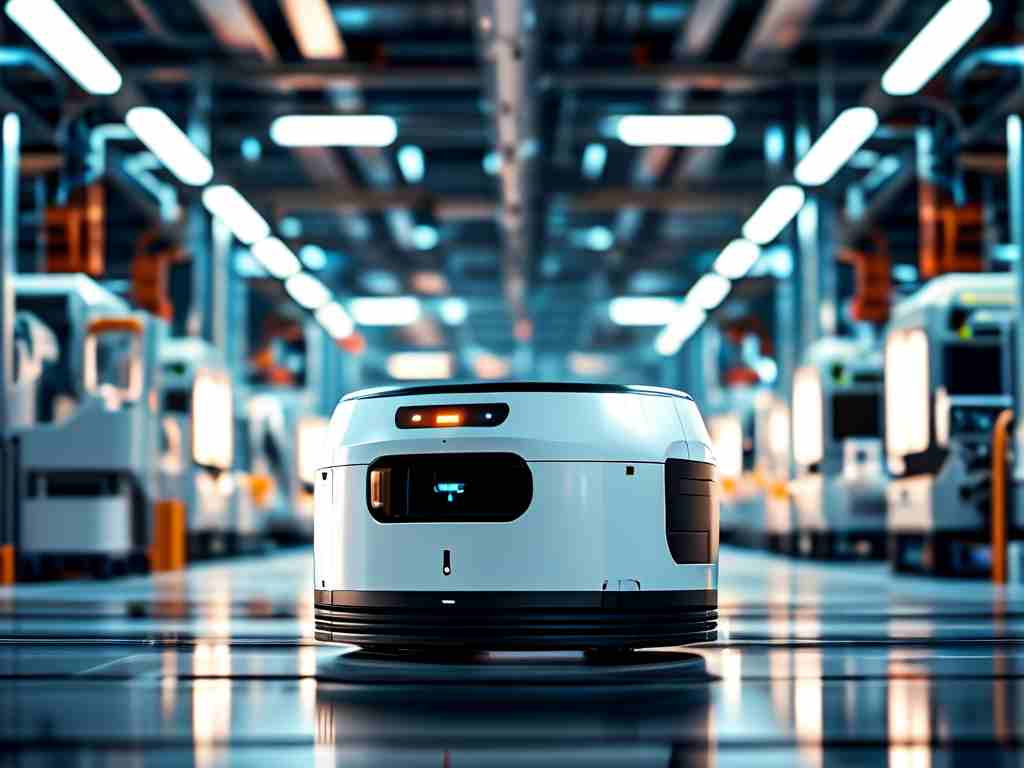The seamless integration of sophisticated electronic control systems forms the very nervous system of modern robotics. This intricate technology, far surpassing simple on/off commands, dictates a robot's precision, responsiveness, adaptability, and ultimately, its capability to perform complex tasks autonomously or in collaboration with humans. At its core, robotic electronic control involves the precise management of electrical energy to command actuators (like motors and servos), process sensory data, execute decision-making algorithms, and facilitate communication.
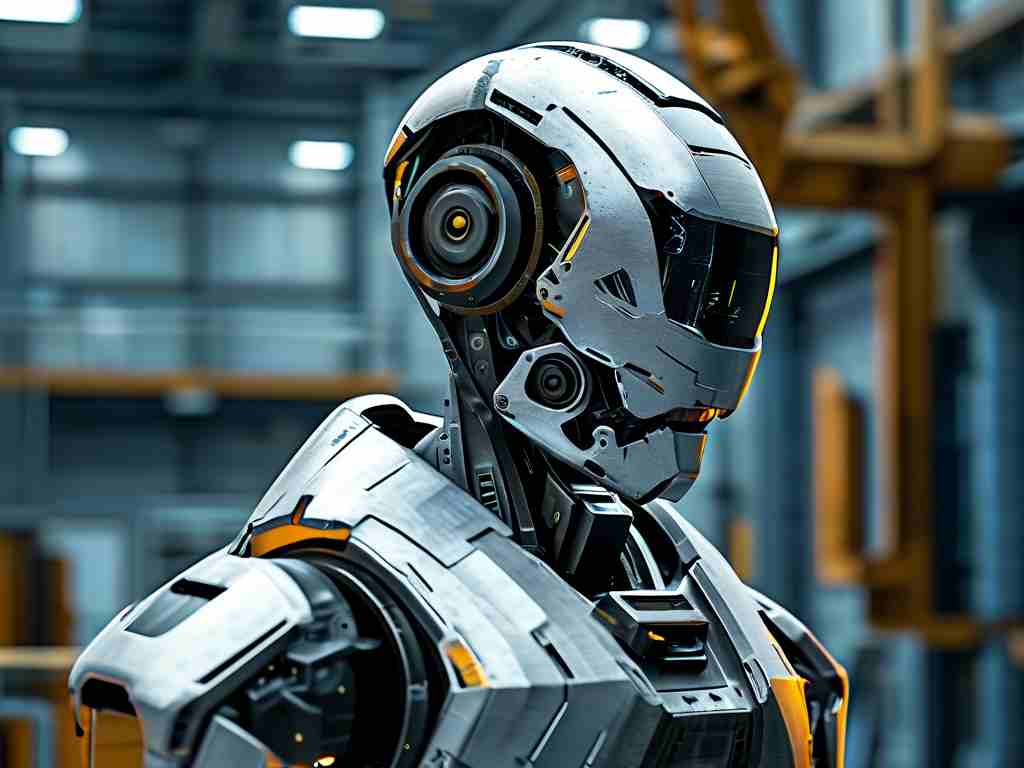
The cornerstone lies in motor control. Electric motors, the muscles of robots, require highly sophisticated controllers to achieve the desired motion profiles – precise positioning, controlled velocity, and regulated torque. Techniques like Pulse Width Modulation (PWM) are fundamental for efficiently regulating power delivery to DC motors. For intricate control of brushless DC (BLDC) motors or stepper motors, dedicated electronic controllers manage commutation sequences and micro-stepping, translating digital commands into smooth, accurate physical movement. Consider a robotic arm welding a car chassis; its controllers must orchestrate multiple joints simultaneously with micron-level precision, demanding advanced algorithms running on specialized hardware.
Sensor integration is the critical feedback loop. Electronic control systems constantly interpret data from a myriad of sensors: encoders reporting position and speed, force/torque sensors gauging interaction forces, vision systems providing spatial awareness, and proximity sensors ensuring safety. The control system processes this real-time data stream, comparing it against the desired state defined by the program. Any deviation triggers corrective actions. For instance, if a collaborative robot (cobot) equipped with force sensors encounters unexpected resistance while inserting a part, its controller instantly modulates motor torque to prevent damage or injury, showcasing reactive control.
The computational brain, typically an embedded microcontroller (MCU), System-on-Chip (SoC), or sometimes a Field-Programmable Gate Array (FPGA), executes the control algorithms. These range from fundamental Proportional-Integral-Derivative (PID) controllers, adept at maintaining setpoints like position or temperature, to vastly more complex algorithms like adaptive control, fuzzy logic, or model predictive control (MPC). MPC, particularly, uses a dynamic model of the robot to predict future states and compute optimal control actions, enabling superior performance in complex, constrained environments. The efficiency of these algorithms, often implemented in C/C++ or specialized robotics frameworks (ROS 2 control libraries being a prime example), directly impacts the robot's performance.
// Example snippet illustrating a simple PID position control concept (pseudocode) float desired_position = 100.0; // Target position in mm float current_position = read_encoder(); // Read sensor float error = desired_position - current_position;
// PID calculations (Kp, Ki, Kd are tuning constants) float proportional = Kp error; integral += Ki error delta_time; // Accumulate error over time float derivative = Kd (error - previous_error) / delta_time; float control_signal = proportional + integral + derivative;
apply_motor_voltage(control_signal); // Send command to motor driver previous_error = error; // End snippet
Power electronics form the vital muscle interface. Motor drivers (H-bridges for DC, specialized inverters for BLDC), built using robust components like MOSFETs or IGBTs, act as high-power switches under the command of the low-power control signals from the MCU. They efficiently convert and amplify control signals into the high currents required to drive motors. Thermal management and protection circuits (guarding against over-current, over-voltage, short-circuits) within these drivers are paramount for system reliability and longevity. The design of these circuits significantly influences the robot's power efficiency and dynamic response.
Communication protocols are the neural pathways. Reliable, high-speed data exchange is essential between the central controller, distributed motor controllers, sensor nodes, and higher-level planning systems. Protocols like CAN bus (robust and deterministic for critical control), EtherCAT (extremely fast for high-precision synchronization), or Ethernet/IP facilitate this seamless flow of commands and sensor data. Wireless technologies (Wi-Fi, Bluetooth) are increasingly used for configuration, monitoring, and certain sensor types, though wired solutions dominate core real-time control loops.
Looking forward, electronic control technology for robotics is rapidly evolving. The integration of Artificial Intelligence (AI) and Machine Learning (ML) is enabling unprecedented levels of autonomy and adaptability. Controllers can learn from experience, optimize their own parameters, and handle unstructured environments. Edge computing pushes AI processing closer to the sensors and actuators, reducing latency for critical real-time decisions. Advanced power management techniques and more efficient semiconductor devices (like GaN transistors) are enhancing energy efficiency, crucial for mobile and battery-operated robots. Furthermore, developments in wireless power transfer and sophisticated battery management systems (BMS) are extending operational endurance.
The impact of advanced electronic control permeates every robotic application. In manufacturing, it enables hyper-precision assembly and flexible automation. Surgical robots rely on it for tremor filtration and sub-millimeter accuracy. Autonomous vehicles depend on it for real-time perception, path planning, and actuation. Even consumer robots, from vacuum cleaners to drones, leverage sophisticated control electronics for navigation and task execution. As electronic components become more powerful, compact, and energy-efficient, and control algorithms grow ever smarter, the capabilities and applications of robots will continue to expand dramatically, fundamentally reshaping industries and daily life. The relentless advancement of electronic control technology remains the primary engine driving the robot revolution, transforming them from mere machines into increasingly intelligent and capable partners.


